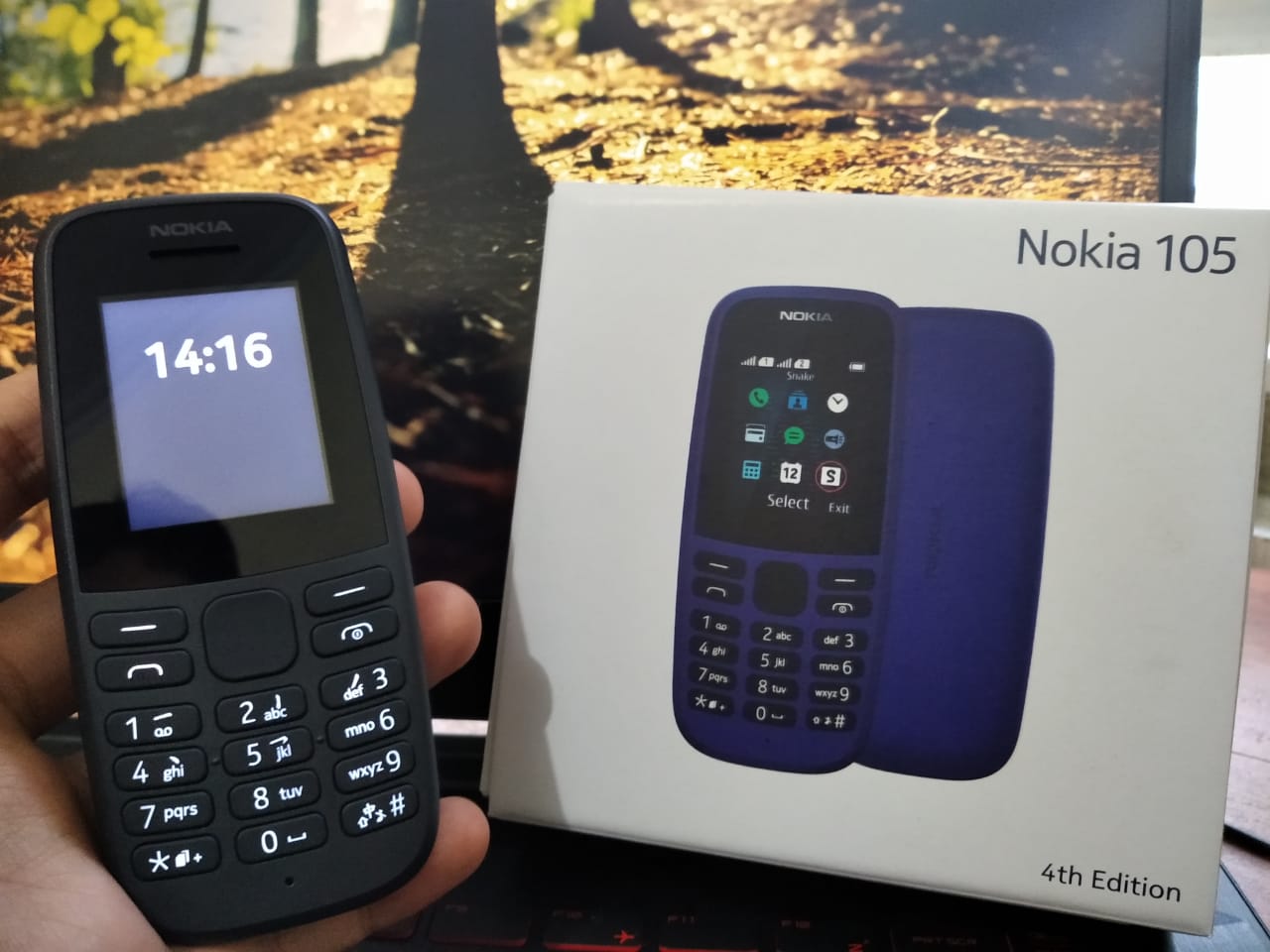Software Update
Back then, when we still used old-school phones, we never thought about software updates. We just used them until we got bored, then bought a new one.
But everything changed with the arrival of smartphones. Update notifications can pop up multiple times a week—from small app updates to major system ones.
Smartphones are basically pocket-sized mini computers. Impressive, yes, but also vulnerable. Thankfully, software updates usually patch security gaps and improve performance.
I used to be the type who always updated right away when a notification appeared. Never thought twice—if there was an update, I’d just go for it.
At least, that was me… until a bitter incident a year ago.
How the Problem Started
At the time, I bought a new Android phone from a well-known brand. It was an older release running Android Oreo. But since the price had dropped and the specs were decent, I bought it anyway.
Just a week into using it, things started to feel off. The phone would often freeze, even though it had 4 GB of RAM and 64 GB of storage—it should’ve run smoothly at that time.
A month later, a system update managed to fix the issue. But then, another problem appeared—the camera started acting up. After another update, the camera was fine… but, as expected, a new error showed up.
Updates Aren’t Always Good News
When the stable version of Android Pie was released, I was really excited. They said it was more secure and had more features. Without thinking much, I updated it right away.
And… more problems appeared. Apps started crashing frequently. It became a cycle: an update would fix one thing, but cause a new problem.
Unexpected Damage
The worst issue happened while I was using Instagram. Suddenly, the phone shut down completely. And I’d never even used it for gaming or heavy apps.
I took it to an official service center. The technician said the mainboard was damaged and needed to be replaced. And the worst part? The replacement cost more than the price I paid for the phone. Even worse, the warranty had expired two months earlier.
Growing Skeptical and Doubtful
After that, I joined an online community for users of that phone model. Turns out, many others had the same issues—from freezing, camera errors, to total shutdowns. Most were also told to replace the mainboard.
Some people suspected that the last update caused the damage. At first, I didn’t believe software could ruin hardware. But strangely, the manufacturer never gave any explanation.
Eventually, I gave up. I switched to another brand that offered a two-year warranty. I didn’t fix the old phone because the cost just wasn’t worth it.
What I Learned
Since that incident, I’ve become extremely cautious with major updates. Now I prefer to wait until the next big update is out—just to see if it’s safe.
If you want a peaceful life without update drama, maybe an old-school phone like a Nokia is still the best option. Durable, simple, and never a hassle when it comes to updates.

I stumbled across it while scrolling through an online store and bought it right away. So nostalgic—a simple phone that never gives you headaches. :)